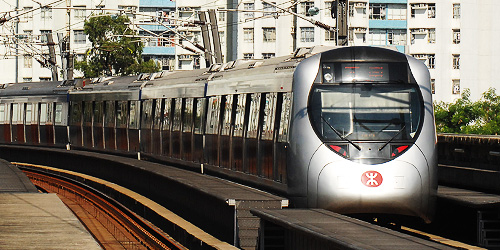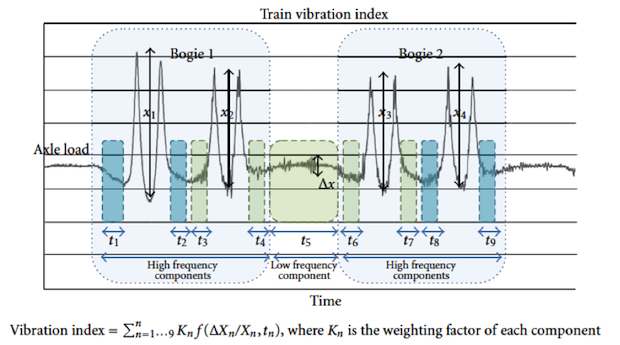
Specialists in Hong Kong are testing the latest technological advancements to safely create a state of the art monitoring system of optical sensors that detect impending dangers of the railway.
In the 70s and 80s, Fiber Bragg grating was released, premiering a new sensor system of technology. The Fiber Bragg diverted small light spectra when temperature or strain changes were noted through wavelength observation. When Bragg gratings are combined with mechanical transducers, crucial factors like acceleration, pressure, and dimension are investigated to augment perfunctory awareness.
In the past years, many tests have been performed to optimize rail safety. It has been concluded that by implementing optical sensors, a defense against train mishaps, passengers will be provided with a smoother and safer commute. The solution to treacherous conditions of trains deals directly with the space between the train and its tracks. From abnormal vibrations, temperature problems, speed discrepancies, or difficulties with the mechanical composition, the sensors can foresee any issues pertaining to the train’s system. A vibration index is installed in each train car, showing if the train needs immediate attention.

Optical Sensors have already been installed in many high-speed commuter railways that connect Hong-Kong to China, and have proven effective, Hwa-yaw Tam of Hong Kong’s Polytechnic University explicates.

The optical sensors pertaining to railway systems are fixed around the tracks or implanted in the train’s mechanical sections. If a sudden malfunction occurs, such if the rails become defective or the train is knocked off-balance from exceeding maximum weight capacity, the vibrations can be off. The reflection spectra will be recognizably altered, allowing train operators to identify that there is, in fact, a problem.
The all-optical execution of such sensors on trains is extremely valuable, for the Bragg grating sensors’ passive fiber can manage all situations whilst the train is en route. Communication and optical detection is imperative, allowing minimal problems to arise with electromagnetic waves that could potentially interfere with the power lines that run analogous to most railways.

The optical sensor technology is strategically connected, so that train operators can immediately detect derailments or complications with the train’s engine, system, or track lines.
This advancement will be showcased from Oct. 6-10 in Orlando, Florida at the annual meeting of The Optical Society (OSA), and Frontiers Optics. Tam will make an appearance at the event in an attempt to bring technology of this matter into the global gamut as a standard staple for trains all over. The American Physical Society (APS) Division of Laser Science (DLS) will meet with the OSA to solidify the ideas.
Source: The Optical Society
Advertisement





